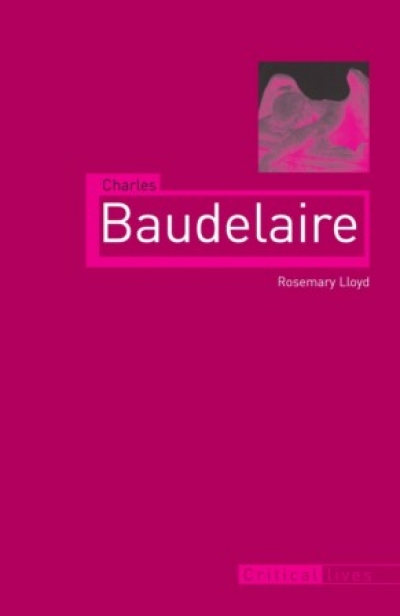Biography
A Remarkable Friendship: Vincent Van Gogh and John Peter Russell by Ann Galbally
by Fiona Gruber •
J.A. Lyons – The ‘Tame Tasmanian’ by David S. Bird & Enid Lyons by Anne Henderson
by Ann Moyal •
Arthur Blackburn, VC: An Australian hero, his men and their two world wars by Andrew Faulkner
by Robin Prior •
Robert Schumann: Life and death of a musician by John Worthen
by Roger Covell •
The Flower Hunter: The remarkable life of Ellis Rowan by Christine and Michael Morton-Evans
by Heidi Maier •
A World-Proof Life: Eleanor Dark, a writer in her times, 1901-1985 by Marivic Wyndham
by David Carter •
Ever, Manning: Selected letters of Manning Clark 1938–1991 edited by Roslyn Russell
by John Thompson •










